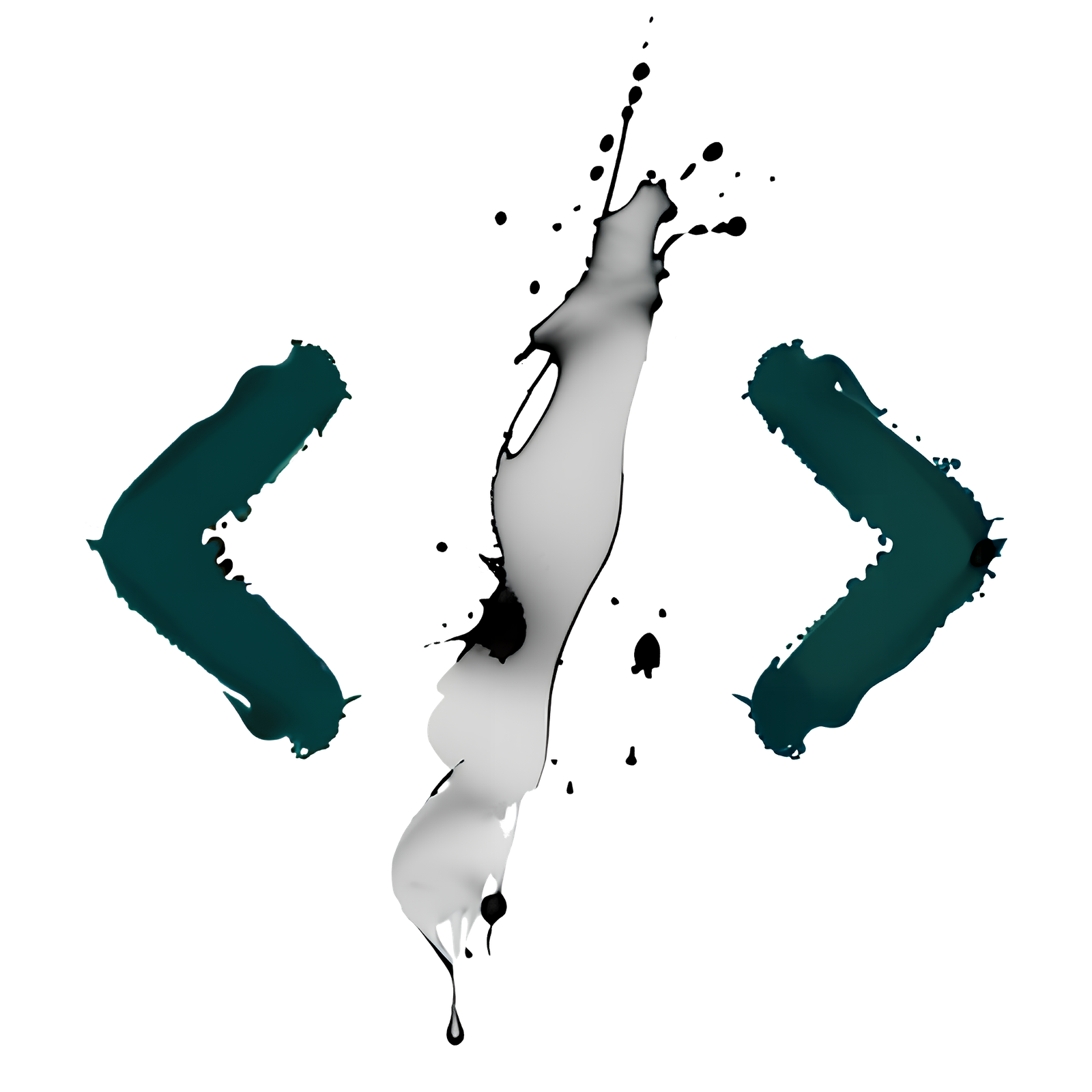Code Samples & Examples

Pure CSS Hover Effects
Using a little-known CSS technique one can avoid using Javascript for many CSS effects. This means user computer resources are left for other elements of the site. Sites load faster for users with new and old computers alike. Typically, hover classes are applied to the same element that is hovered. In this instance however, the wrapper is hovered and a different element is affected. This is achieved using a specific syntax of class chaining. In the portion of CSS below, The wrapper class in its hover state is triggering the circle class to be in its hovered state, as if that circle class is itself being hovered. The same parent class can be used to trigger as many elements as required for the desired effect. Check out some different examples of hover effects you can achieve with this method.
".circle--card__wrapper:hover .circle--hover--effect"
Expanding Circle
One of our favorite hover effects. When the text box is hovered, the circle grows and fills the box with color.
Double Circle
A variation of the previous hover effect; this effect takes advantage of two circles for a novel UX.
Square Icon
Similar to the expanding circle cards but using a square to illustrate the versatility.
Hover Reveal
A more dynamic variation. When the card is hovered the content is revealed.